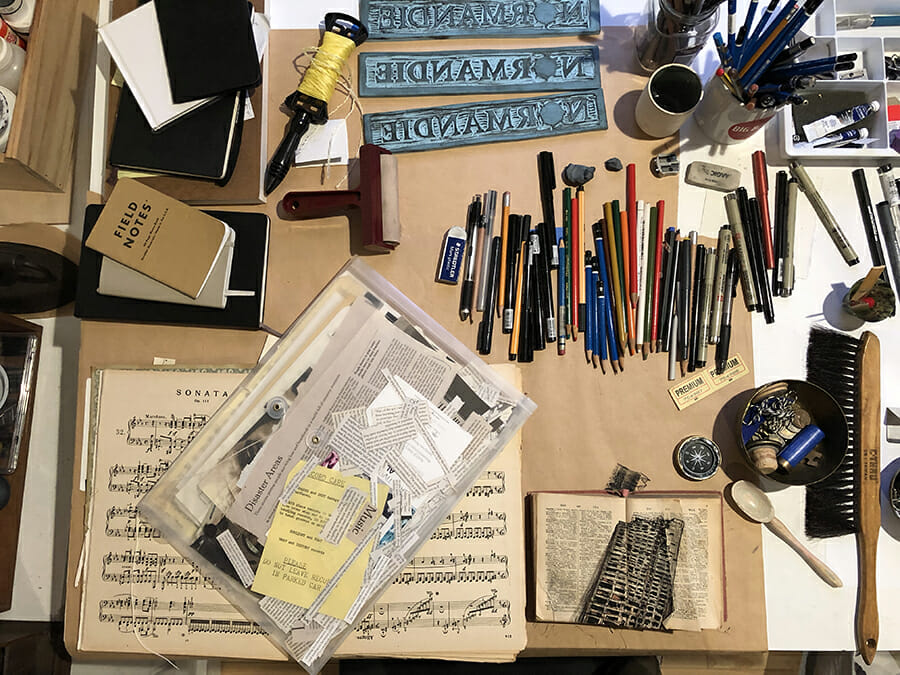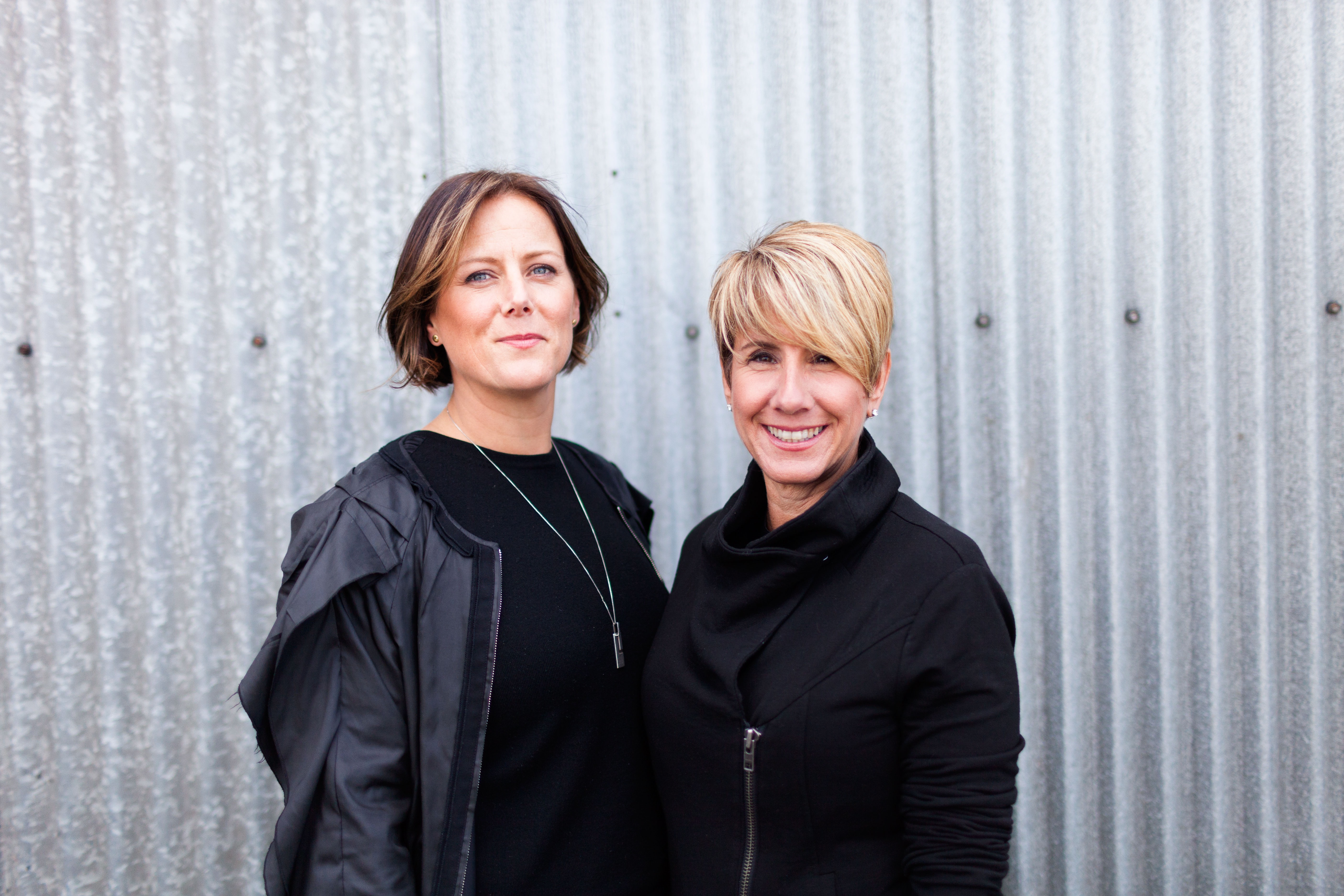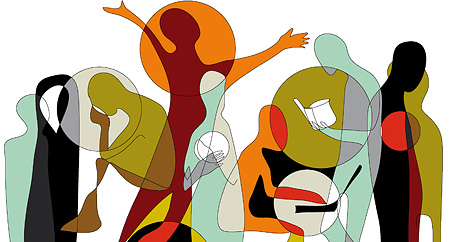How we define the workplace has changed radically over the last few years. Offices no longer represent the primary workplace, and remote and hybrid modes of working are becoming the norm rather than the exception. And this has greatly disrupted the way we work. The “office rhythm” is out the door when you’re zooming with people three time zones away one minute, taking a call from the car while you drive your kids to school the next, and collaborating with colleagues face-to-face once or twice a week. It’s hard to connect. Hard to disconnect. And it’s hard to orient yourself in a culture without the daily cues to keep you on track.
All of this leads to wellness issues. The stress of being connected all the time. Or the self-doubt that leads to quiet quitting behaviors. The physical toll of being rooted at your desk all day. The erosion of mentorship in the workplace, and the rise of coaching to fill the gap. HR professionals are on the front lines of a crisis, and they’re responding by paying more attention to wellness than ever before. Employee well-being has emerged as a major focus as organizations replace the free-lunch and foosball-driven ethos with programs aimed at helping people thrive personally so they can thrive professionally.
The data supports this trend: corporate wellness directly influences the emotional and physical health of employees and, by extension, the health of the entire organization. Companies that prioritize wellness not only see an uptick in morale but also in productivity and retention. In fact, 83% of employees report that having a psychologically and emotionally healthy workplace correlates with a significant increase in productivity.
Crafting Cultures That Resonate with Employees’ Needs
Leaders in HR play a pivotal role in translating these programs into strategic elements of the company culture. The trend is clear: holistic wellness programs that address the full spectrum of well-being—mental, physical, emotional, and financial—help retain people and attract new talent. They make people more productive, as happier employees take fewer sick days, are more loyal, and bring a higher level of creativity and energy to their roles. And they add to your overall organizational resiliency, which is critical to navigating the ups and downs of today’s volatility.
How to make well-being a strategic element of your employer brand
1. Define a Wellness Philosophy: Have a candid conversation with leadership about why your organization values wellness, and how much you’re willing to invest in it. This is a crucial first step to getting your leadership team aligned on the value that wellness creates for the entire organization. You’ll need to address the holistic equation of well-being—physical, mental, emotional, and financial—and how each dimension drives employee performance and satisfaction.
2. Consistently communicate your POV on Wellness: Use every communication channel to consistently reinforce how wellness is woven into your corporate culture. Share stories that highlight the positive impacts of wellness initiatives on employees, strengthening the perception of your brand as caring and supportive.
3. Align Wellness with Strategic Goals: A key part of your wellness initiatives involves connecting the dots between employees’ well-being and the strategic objectives of the company. For example, link mental health programs like mindfulness sessions to innovation to demonstrate how they result in a more creative and productive workplace.
4. Showcase the Impact: Evidence that wellness works only deepens belief in it as a necessity. Share real-life examples of how wellness programs have improved workplace outcomes. Highlight case studies and testimonials from employees who have benefited from these programs. Create case studies that demonstrate improved productivity, reduced stress levels, and better teamwork.
5. Lead with Wellness: When leaders actively participate in and advocate for wellness programs, it sends a powerful message that no matter where you sit in an organization, you’re still a person with the same needs for support. The more leaders participate and evangelize your wellness programs, the more they become a core part of the company ethos.
6. Offer personalized Wellness Options: There is no one-size-fits all when it comes to well-being. By offering personalized wellness options that can be tailored to individual needs, you underscore your commitment to supporting each employee uniquely. This flexibility makes the programs more effective and highlights your company’s dedication to its workforce.
7. Measure Success and Adapt: As your employees engage with wellness programs, their needs will change. You need to continuously assess and adapt your wellness initiatives to keep the offerings relevant, the energy fresh, and the impact high. By actively managing the portfolio of wellness offerings, you show your workforce that rather than checking a box, the organization is committed to making wellness a foundational element of your employer brand.
Thinking Beyond Wellness Programs
Wellness programs alone can feel like Band-Aids if they’re not connected to the employer brand—the internal expression of your mission, purpose, and values—that drives your organization. As employee well-being emerges as a dynamic force that shapes every aspect of workplace engagement and productivity, employees need to feel that it is part of your organizational DNA.
At Emotive Brand, we specialize in connecting business strategy to culture strategy to develop employer brands that are not just smart—they resonate emotionally. Making sure that employees experience wellness programs as part of a larger narrative around how you value people is essential to delivering the experiences that contribute to an organization being a great place to work.
If you have thoughts about the role wellness programs play in culture strategy, please add to the conversation below. And if you’re thinking about ways to get your culture better aligned to your business strategy, we are always happy to help you think through how to approach the challenge.
Emotive Brand is a brand strategy and creative agency that unlocks the power of emotion to propel a brand, culture, or business forward. We are a remote-first agency with a footprint in the San Francisco Bay Area.

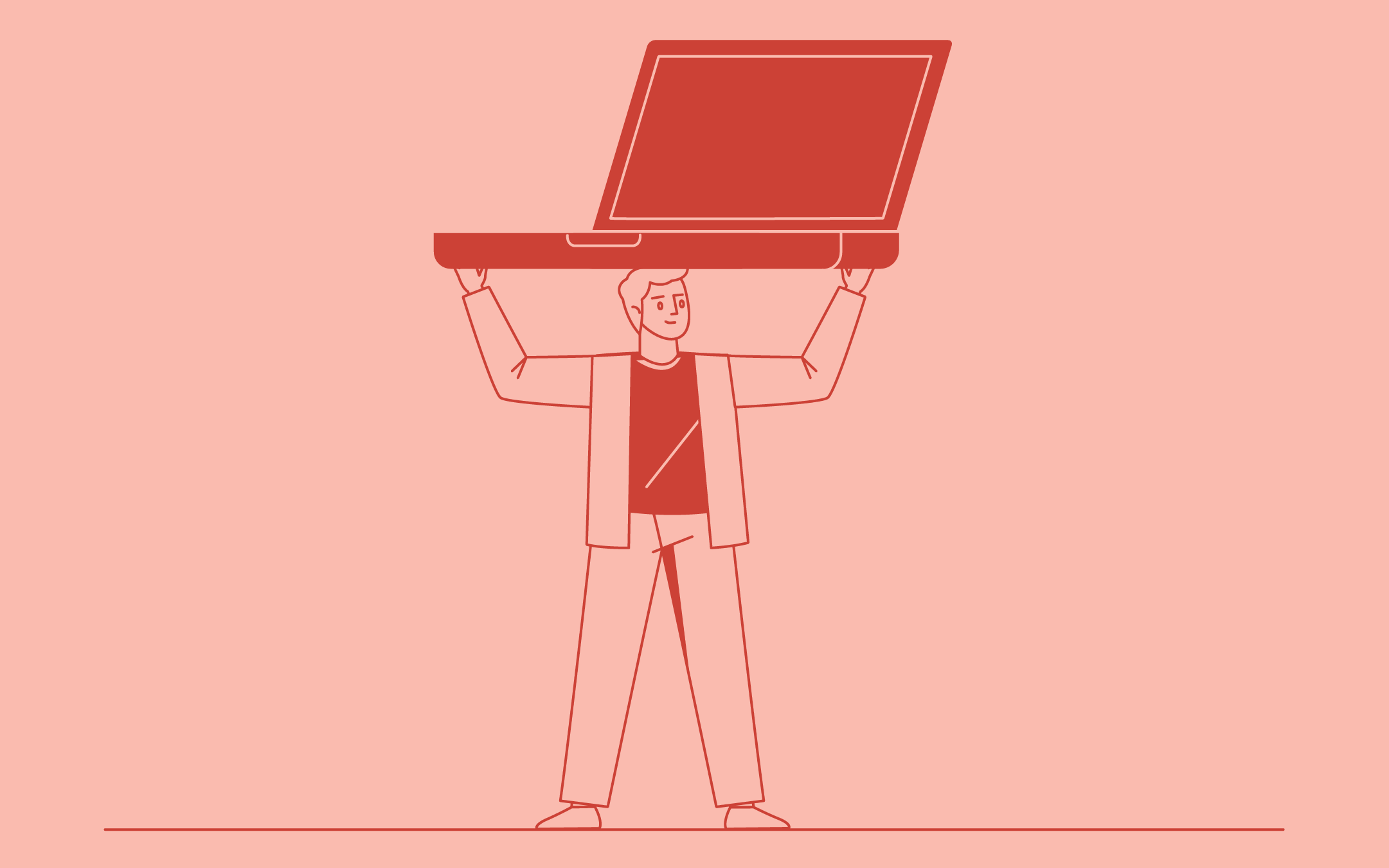

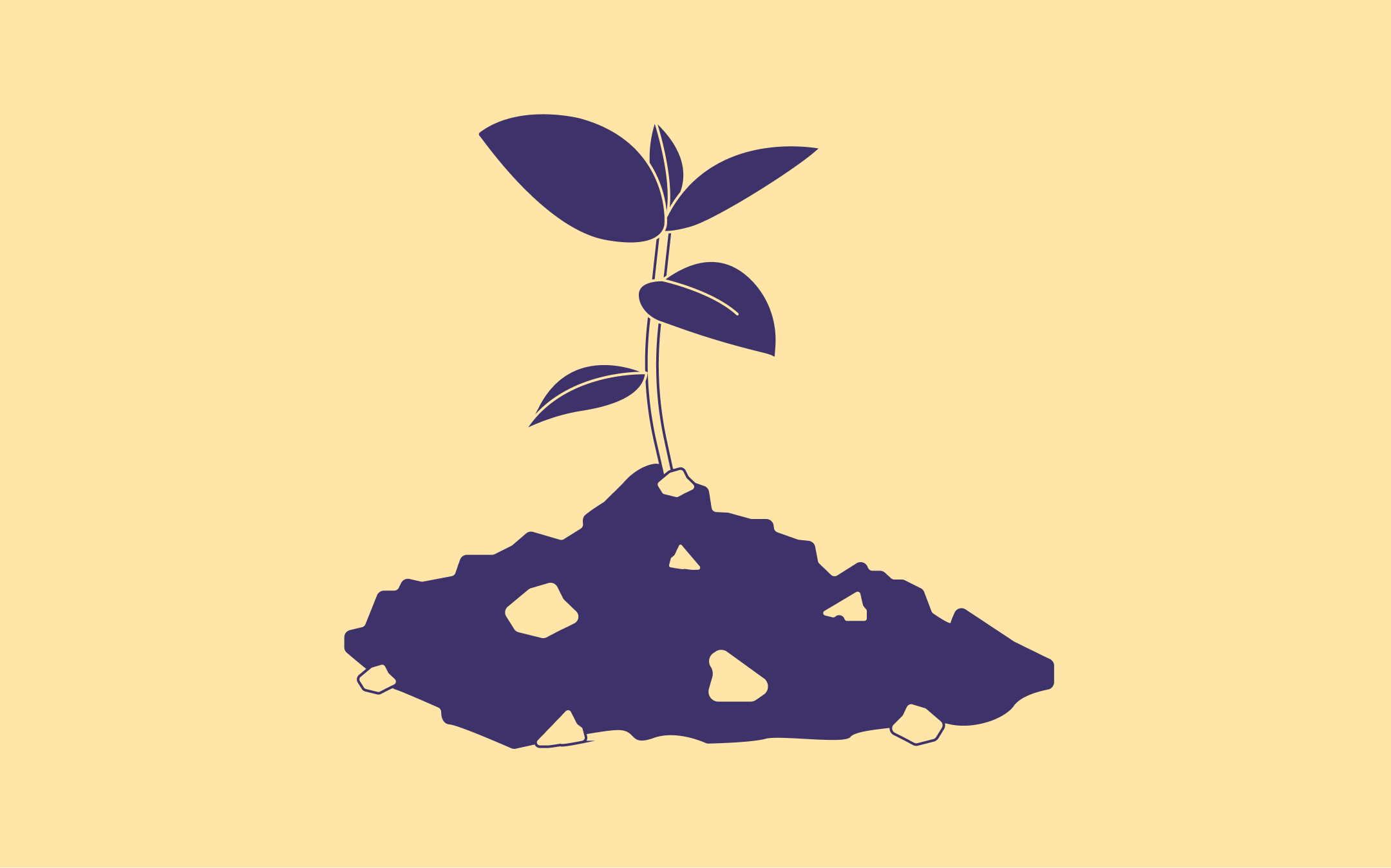


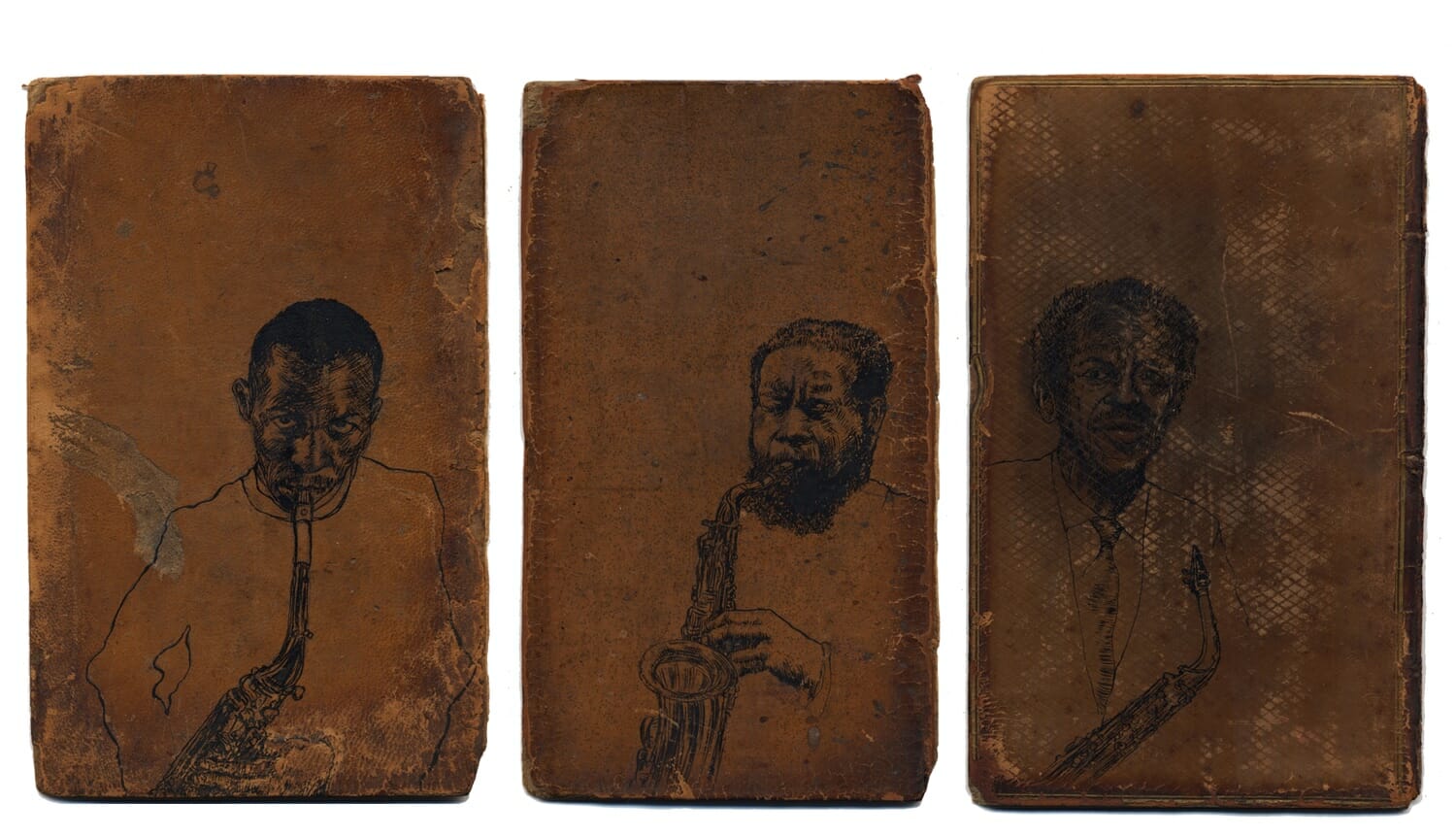
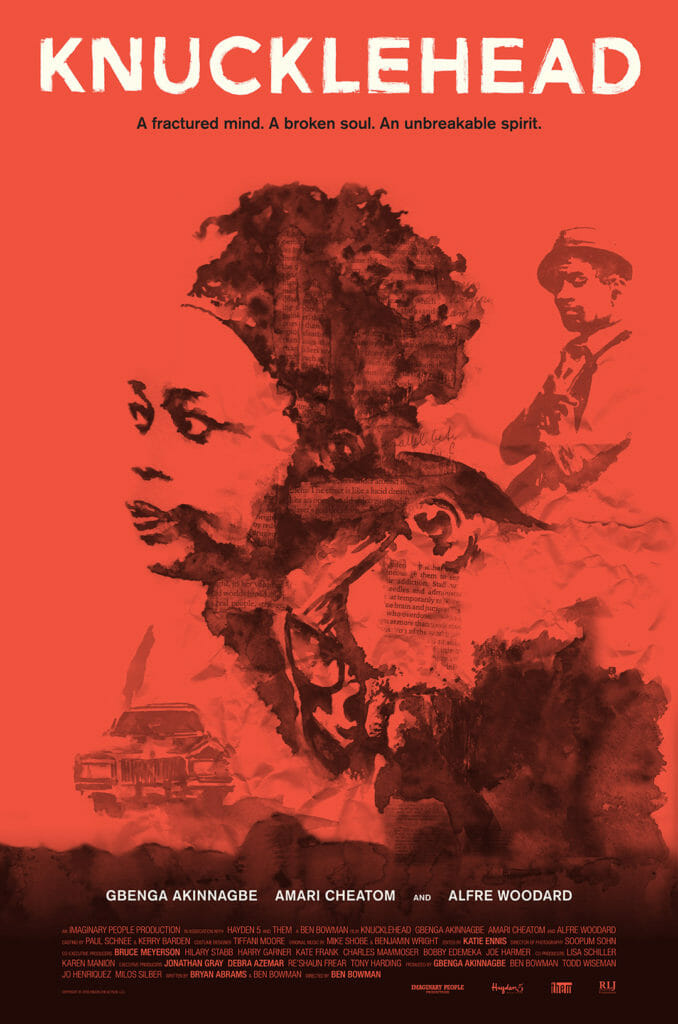
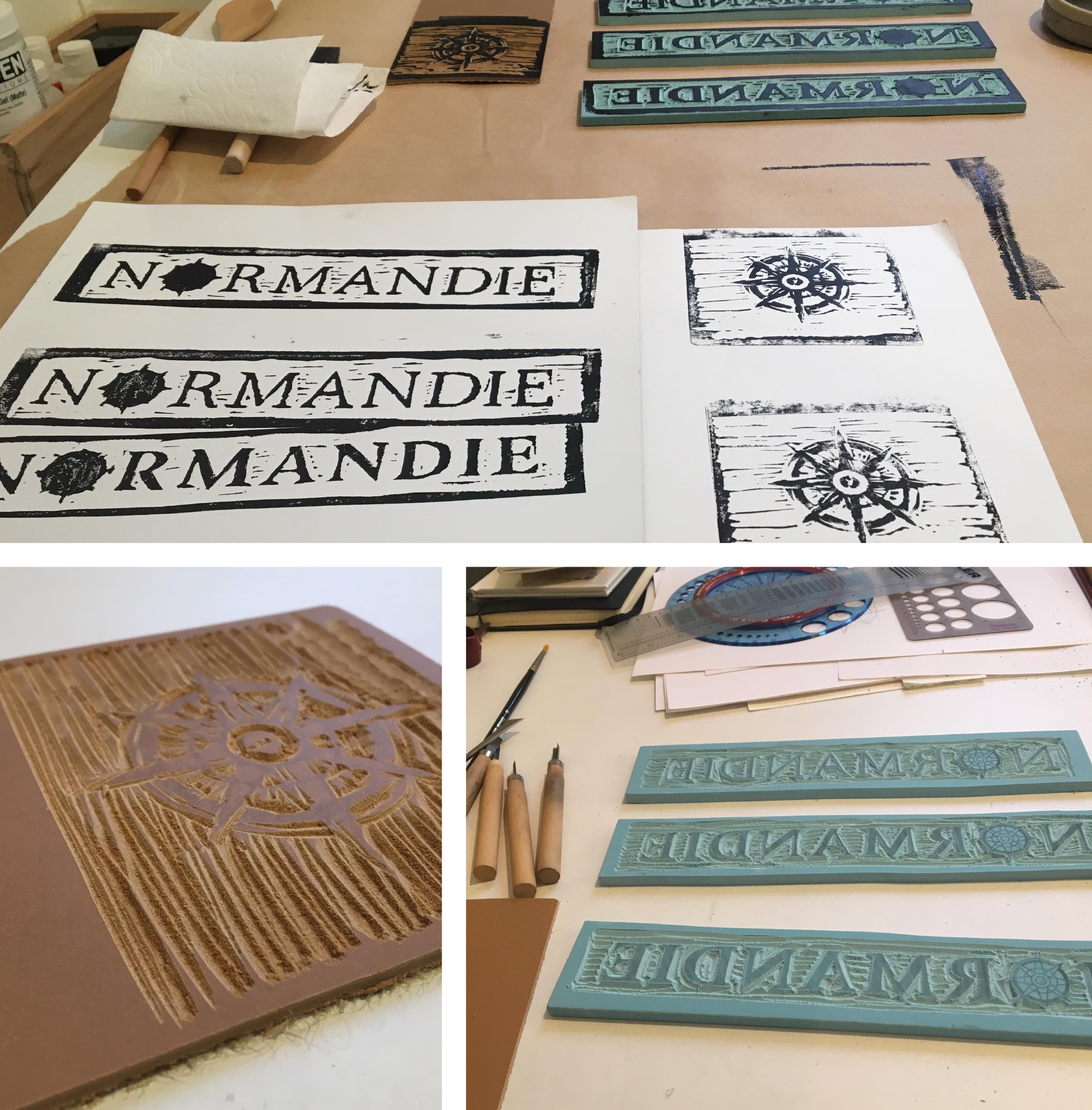
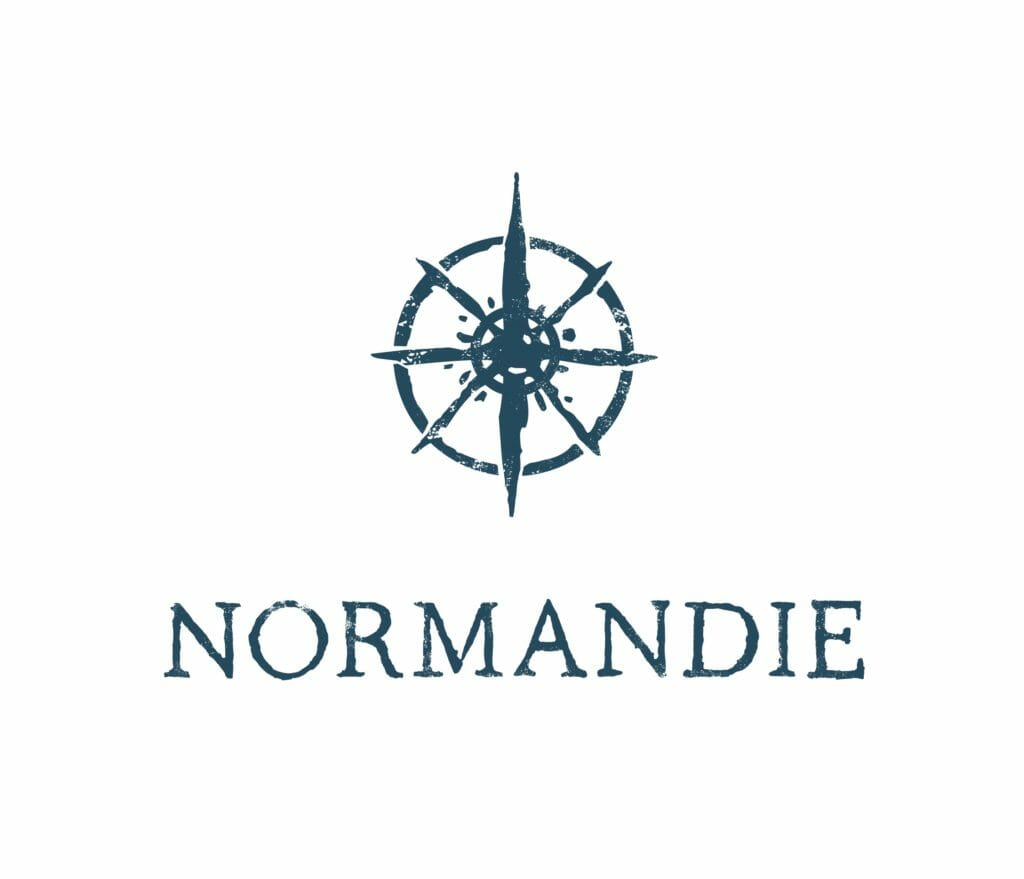 How can say, a B2B tech company, get out of their comfort zone and let outside creativity bolster their offering?
How can say, a B2B tech company, get out of their comfort zone and let outside creativity bolster their offering?